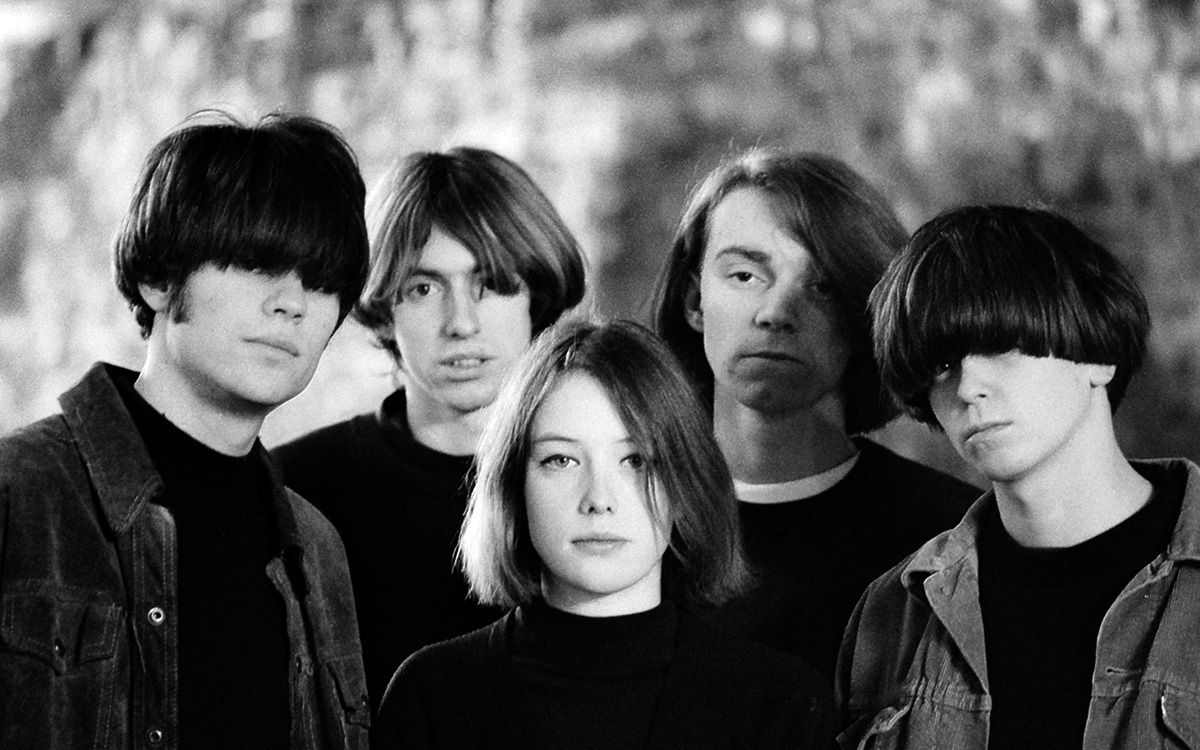
About five minutes into Pitchfork’s recently released Slowdive documentary, my wife looked at me and asked “You’re going to love this, aren’t you?” Longtime Opus readers will probably know the answer; Slowdive is, almost without doubt, my favorite band of all time. So I was certainly predisposed to liking any sort documentary about their music. However, Pitchfork’s documentary wasn’t just a chance to enjoy some Slowdive trivia à la VH1’s “Behind the Music.” It did something even more valuable: it gave me new insights into some of my favorite music.
The band that would eventually become Slowdive initially formed in 1986 when childhood friends Rachel Goswell and Neil Halstead started making music together. Working under various monikers (e.g., The Pumpkin Fairies) before settling on Slowdive (which came from one of bassist Nick Chaplin’s dreams), the group quickly fit into the burgeoning shoegazer scene alongside My Bloody Valentine, Chapterhouse, and Ride.
Pitchfork’s documentary delves into all of that, including the band’s first meetings with Alan McGee, the owner of Creation Records, the shoegazer label at the time. It also delves into the band’s treatment by the fickle British music press, which initially heaped accolades on Slowdive before shredding them to pieces when a new trend came along. (Some of the headlines of those old Slowdive-bashing pieces are almost humorous in their hyperbole.)
Where the documentary really shines, though, is when it focuses on the recording of Souvlaki, the band’s second and arguably finest album. I knew Souvlaki had been recorded after Goswell and Halstead had broken up, but until now, had never known how much the break-up shaped and affected the album. I hadn’t known how tumultuous the early sessions were, or that Halstead had sequestered himself in a remote cabin in Wales to sort things out and write songs. I’d known that some of Souvlaki’s songs, like the raw acoustic “Dagger,” had been about Halstead working through the break-up, but I’d never known that “Souvlaki Space Station” was Goswell’s response.
This isn’t just airing of dirty laundry, though. Hearing from the band’s members, as well as those who helped create the album, all of that tension pushed the band to strive for something greater. It just proves the old paradox that great art often comes out of pain and tribulation. And though the album was torn to pieces by the British press, who was then obsessed with Nirvana and Britpop — drummer Simon Scott makes some interesting observations about how out-of-touch Slowdive had become to the rest of the culture — any pain now appears to have been worth it.
After all, Slowdive reunited last year and went on to play a number of acclaimed and celebrated concerts, and they’re in the midst of recording new material. What’s more, countless bands — including M83, Smashing Pumpkins, Mogwai, and Sigur Rós — can trace their sounds back to Slowdive. As McGee wryly notes at the film’s end, Slowdive won. And it’s deeply enjoyable, and even a little moving for this fan, to see Slowdive vindicated after all these years.
Any quibbles I have are slight. I know the documentary is about Souvlaki, but it would’ve been nice to hear a bit more about Pygmalion (it’s mentioned in passing) and Slowdive’s electronic phases. And it would’ve been nice to get some perspective from those influenced by Souvlaki. But that’s me just being a bit greedy. Pitchfork’s documentary is, not surprisingly, must-see viewing material for any Slowdive or shoegazer fan.
You can watch the entire documentary below.
